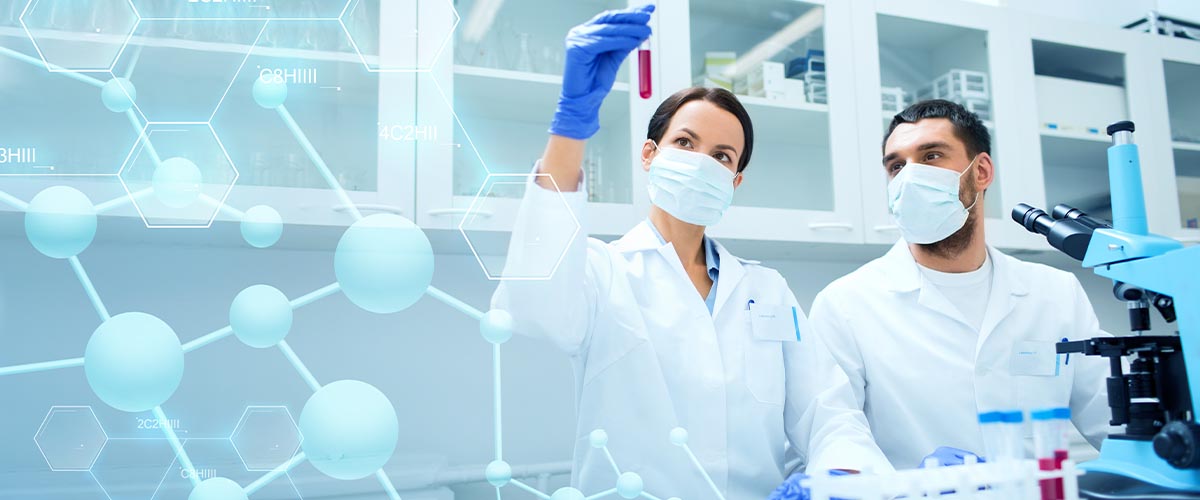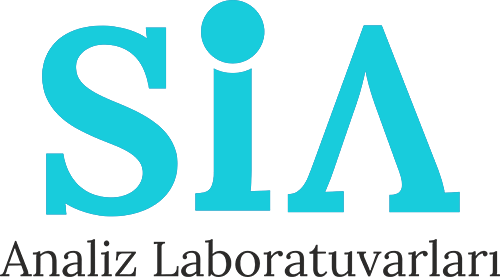
Sia Analiz
Biocompatibility Tests of Medical Devices
Biocompatibility is defined as “the ability of a medical device or material to perform with an appropriate host response in a given application” in the ISO 10993-1:2021 standard, which outlines the biological risk assessment of medical devices.
The purpose of the biocompatibility tests requested to be performed within the scope of biological risk assessment of medical devices: To evaluate whether a medical device is suitable for human use within the scope of its specific use and/or whether it has potentially harmful physiological effects that may develop due to the use of the medical device, within the scope of risk-benefit analysis. As stated by ISO 10993-1: 2021, which outlines the biological risk assessment of medical devices: “The primary objective of ISO 10993-1 is to protect people from potential risks arising from the use of medical devices.” Therefore, for a medical device to be certified by certification bodies, biocompatibility tests within the scope of biological risk assessment must have been performed, or, if not, an acceptable justification must have been presented.
Medical device coverage includes a wide range of medical products from surgical masks to stents, dental filling materials, implants, nasal sprays, lenses, injectors, drainage hoses, hemostats, and tissue adhesives. Medical devices are classified as Class I, Class IIa, Class IIb, and Class III within the scope of CE certification according to the exposure time, the risks arising from the application, and tissue exposure. The requested biocompatibility tests also vary according to the classes of the products, as well as the exposure times of the products and the way of application.
Planning and performing both biological risk assessment and biocompatibility tests require a comprehensive research and evaluation process. Therefore, each product should be handled separately, and biocompatibility tests should be planned considering the product class, exposure time, and application method. In addition, the reliability of the test centers where biocompatibility tests are carried out is just as important. In this context, SIA Analysis Laboratories has the OECD GLP (Good Laboratory Practice) Declaration of Conformity certificate by TÜRKAK and responds to the test requests of our customers by offering a unique approach to each medical device, according to the principles of this certificate.
The quality certificate of biocompatibility test laboratories has become much more important under the MDR. In-vivo and in-vitro biocompatibility tests are carried out by an expert staff in different laboratories within the scope of GLP the scope SIA Analysis Laboratories.
In our test center, the following tests are carried out within the scope of Biocompatibility tests of Medical Devices according to GLP principles;
Acute Systemic Toxicity
TS EN ISO 10993-11: 2018
Subacute Systemic Toxicity
TS EN ISO 10993-11: 2018
Subchronic Systemic Toxicity
TS EN ISO 10993-11: 2018
Chronic Systemic Toxicity
TS EN ISO 10993-11: 2018
Carcinogenicity
TS EN ISO 10993-3:2015
Implantation
TS EN ISO 10993-6:2017
Mucosal Irritation
TS EN ISO 10993-10:2014
MTT
TS EN ISO 10993-5:2010
Intradermal Reaction
TS EN ISO 10993-10:2014
TS EN ISO 10993-23:2021
Eye Irritation
TS EN ISO 10993-10:2014
Skin Sensitization
TS EN ISO 10993-10:2014
Dermal Irritation
TS EN ISO 10993-10:2014
TS EN ISO 10993-23:2021
Pyrogenicity
TS EN ISO 10993-11: 2018
European Pharmacopoeia 10.0 2.6.8


